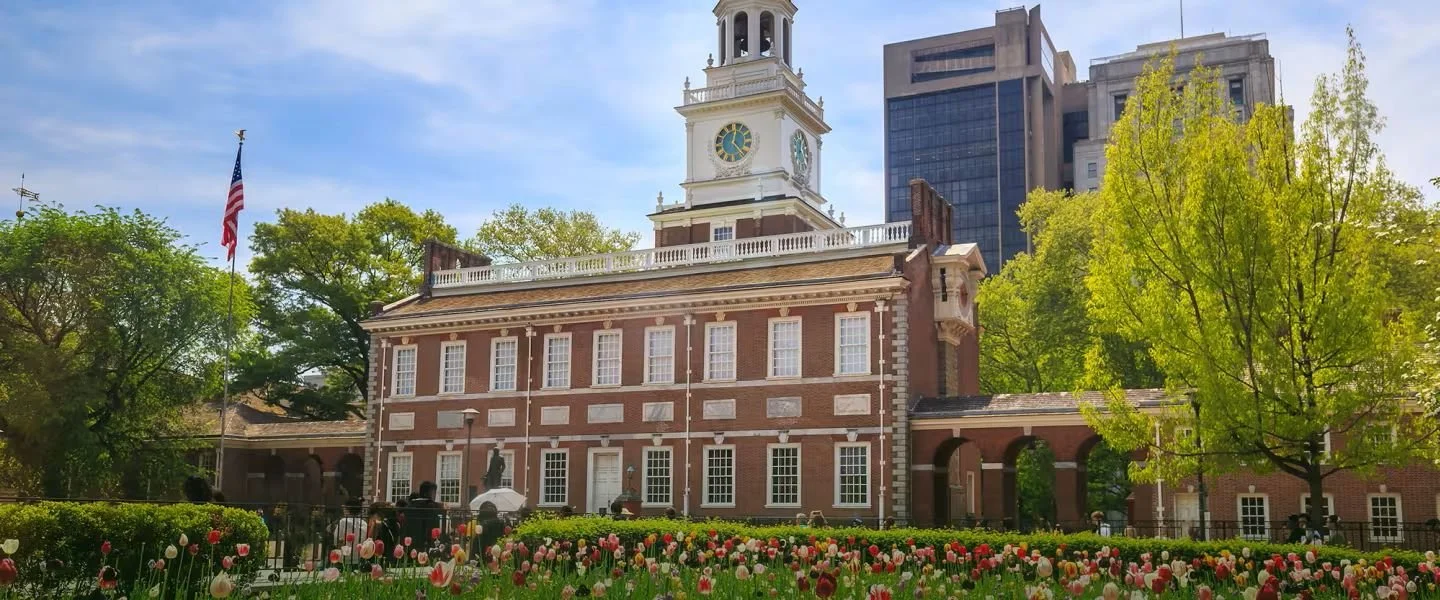homestate pennsylvania
By Ben Everidge for Thomas
Photo Credit: Visit Pennsylvania
pennsylvania at the Crossroads: 10 Issues That Define the keystone state’s Future
“Pennsylvania isn’t just a swing state. It’s the hinge of American democracy. But between crumbling schools, shuttered factories, and bitter polarization, the Keystone State is under strain, and the cracks are showing increasingly without overcoming them.”
- Ben Everidge
Pennsylvania has long been America’s political keystone, deciding presidential elections and shaping the balance of power in Washington. Its mix of industrial towns, rural farmland, and booming suburbs mirrors the nation’s divides. With Governor Josh Shapiro building a national profile, the 2026 elections will unfold against a backdrop of economic transition, demographic change, and fierce battles over the state’s identity.
1. The 2026 Governor’s Race and Shapiro’s Ambitions
Governor Josh Shapiro’s approval ratings remain strong, but speculation about a presidential run could complicate his leadership. If Shapiro looks beyond Harrisburg, Democrats must defend their statehouse majority while Republicans regroup after years of close but losing statewide races. The governor’s race will be a national bellwether for whether Democrats can hold Rust Belt swing states.
2. Energy, Fracking, and Climate Policy
Pennsylvania sits atop the Marcellus Shale and remains a major natural gas producer. Fracking has fueled job growth and revenue, but it has also divided communities over environmental and health concerns. Democrats push for climate-friendly policies, while Republicans argue energy is the state’s lifeline. Balancing energy independence, climate commitments, and community impacts will define Pennsylvania’s economic strategy.
3. Manufacturing Revival and Workforce Transition
Once the heart of America’s steel belt, Pennsylvania is reinventing itself through advanced manufacturing, biotechnology, and clean energy. Federal investments in infrastructure and technology hubs could help. Yet workforce readiness, union negotiations, and global competition remain hurdles. Whether Pennsylvania can revive its industrial base may decide its economic future.
4. Infrastructure and Transportation
Pennsylvania’s roads and bridges are among the worst in the nation, with crumbling infrastructure a constant complaint. Federal infrastructure funds offer a once-in-a-generation opportunity, but execution will determine success. The collapse of the I-95 overpass in 2023 symbolized both the fragility of Pennsylvania’s infrastructure and the urgency of modernization.
5. Public Safety and Crime in Philadelphia and Pittsburgh
Philadelphia’s gun violence epidemic and Pittsburgh’s crime concerns dominate headlines. Law enforcement reforms and community investment are debated, but trust between citizens and institutions remains fragile. Republicans use crime as a wedge issue while Democrats argue for root-cause solutions. For many voters, public safety is the number one issue shaping perceptions and governance.
6. Education Funding and Inequity
A landmark court ruling declared Pennsylvania’s school funding system unconstitutional due to inequities between wealthy and poor districts. Addressing this imbalance will require billions of dollars in new spending and legislative compromise. The question is whether Harrisburg will deliver equitable funding or whether political gridlock will preserve a broken system.
7. Healthcare Access and Hospital Closures
Pennsylvania faces rising healthcare costs and the closure of rural hospitals, leaving many communities without critical access to healthcare. The opioid crisis continues to ravage the state, especially in smaller towns. Expanding access to care while controlling costs will remain a pressing challenge that cuts across partisan lines.
8. Demographic Shifts and Suburban Power
Suburbs around Philadelphia and Pittsburgh now decide statewide elections. Once Republican strongholds, these areas are trending Democratic, but independents and moderates remain key. Meanwhile, rural areas are becoming increasingly red, while urban turnout remains inconsistent. Understanding these shifting dynamics is essential for predicting Pennsylvania’s political future.
9. Election Integrity and Political Polarization
Pennsylvania was at the center of 2020’s election disputes, and mistrust lingers. Republicans push for tighter voting rules, while Democrats fight to expand access. The state remains a focal point for debates over mail-in voting, ballot security, and election certification. These battles could determine not only state outcomes but also national trust in democracy.
10. Independent Voters and the Swing State Factor
Nearly 15% of Pennsylvania voters are unaffiliated, and their numbers are rising. Independents often decide statewide races and play a disproportionately large role in close elections. Their priorities of economic stability, affordable healthcare, and good governance don’t always align with partisan agendas. In the Keystone State, independents aren’t just swing voters; they are the keystone themselves.
The Thomas Take
Pennsylvania is the battleground within the battleground. Its economy straddles energy and innovation, its politics swing between red and blue, and its people are divided yet decisive. If Pennsylvania can modernize its schools, infrastructure, and workforce, it could lead to a revival of the Rust Belt. If it cannot, the state risks deepening inequality and disillusionment. For independents, Pennsylvania remains the ultimate proving ground: a state where every vote truly matters and every decision reverberates nationwide.
To learn more about Pennsylvania’s issues, read:

